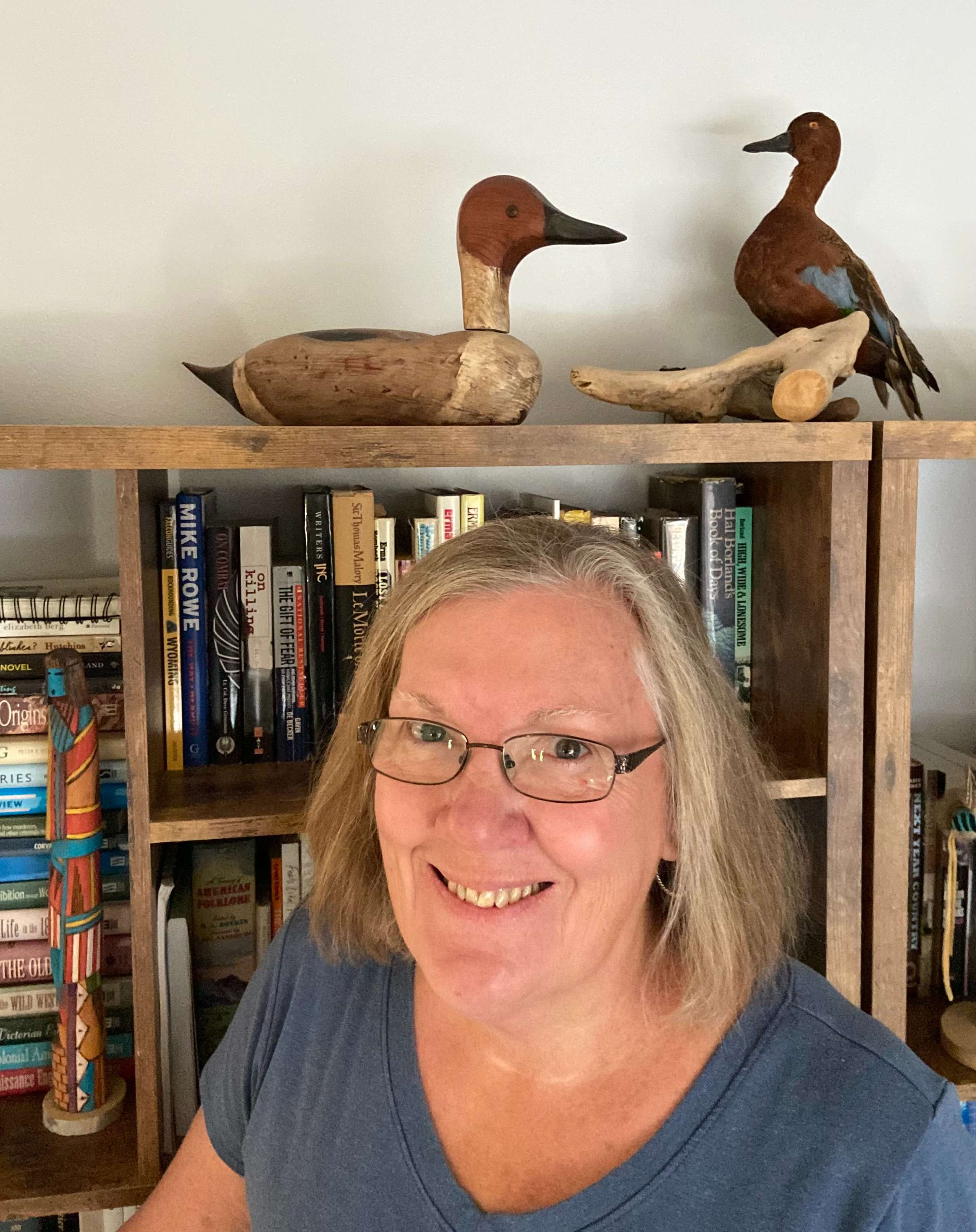
By KAREN MADORIN
Some crave novelty. They like new places, people, foods, books, and websites. They love the thrill of discovery. Others, like me, find solace in returning to the familiar. That said, I’ve learned over decades that repeated encounters with the known leads to discovery of nuances missed during previous visits.
Over 30 plus years of rereading and teaching "To Kill a Mockingbird," I mined gems I’d never have discovered during those first readings. As a result, I seek favorite books and slowly pore through them in search of more to love.
My most recent adventure led me back to a prairie diamond, "My Antonia" by Willa Cather. Like a visit to a favorite grandmother’s, no matter how often I return, I look forward to every visit.
Besides crafting sympathetic characters that draw readers into her tales, Cather’s sensory memory and accompanying details defy explanation. When she was nine, her family moved from a farm in Virginia to the Nebraska prairie in 1882, early settlement years. A decade later, she attended university in Lincoln. Soon after graduation, she headed to east to work in Pittsburgh for 10 years, finally making New York City her permanent home.
Although she visited Red Cloud throughout her life, she never again lived there.
Despite living a mostly Eastern urban life, her prairie trilogy describes this landscape so that readers tumble into its multitudinous universes: flora, fauna, weather, insects, humanity, culture, and spirit. Clearly, as she grew up in Webster County, Nebraska, she soaked in that world like a sponge absorbs moisture.
Early in "My Antonia," narrator Jim Burden describes his first day at his grandparents’ farm, “I can remember exactly how the country looked to me as I walked beside my grandmother along the faint wagon-tracks on that early September morning. Perhaps the glide of long railway travel was still with me, for more than anything else I felt motion in the landscape; in the fresh, easy-blowing morning wind, and in the earth itself, as if the shaggy grass were a sort of loose hide, and underneath it herds of wild buffalo were galloping, galloping . . .’”
Only a page later, Jim describes leaning against a pumpkin in his grandmother’s garden, saying, “… the wind did not blow very hard, but I could hear it singing its humming tune . . . and see the tall grasses wave. The earth was warm under me . . .. Queer little red bugs came out and moved n slow squadrons around me. Their backs were polished vermillion, with black spots. I kept as still as I could. Nothing happened. I did not expect anything to happen. I was something that lay under the sun and felt it, like the pumpkins, and I did not want to be anything more. . . . At any rate, that is happiness; to be dissolved into something complete and great. When it comes to one, it comes as naturally as sleep.”
In several hundred words, Cather unveils the secret of the prairie.
For those willing to silence themselves and open every sense to attend to a single moment, they become something greater than themselves.
When I see this quote attributed to Cather, “Anyone can love the mountains. It takes a soul to love the prairie,” I recognize the soul of Cather and every prairie dweller willing to dissolve into that state that completes us.
Karen Madorin is a retired teacher, writer, photographer, outdoors lover, and sixth-generation Kansan.






